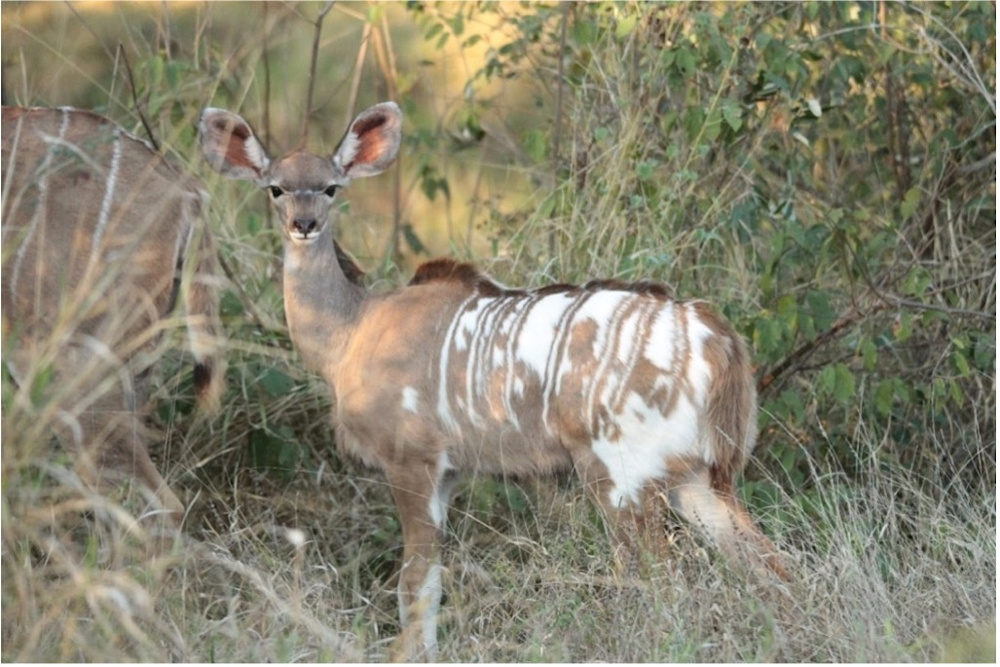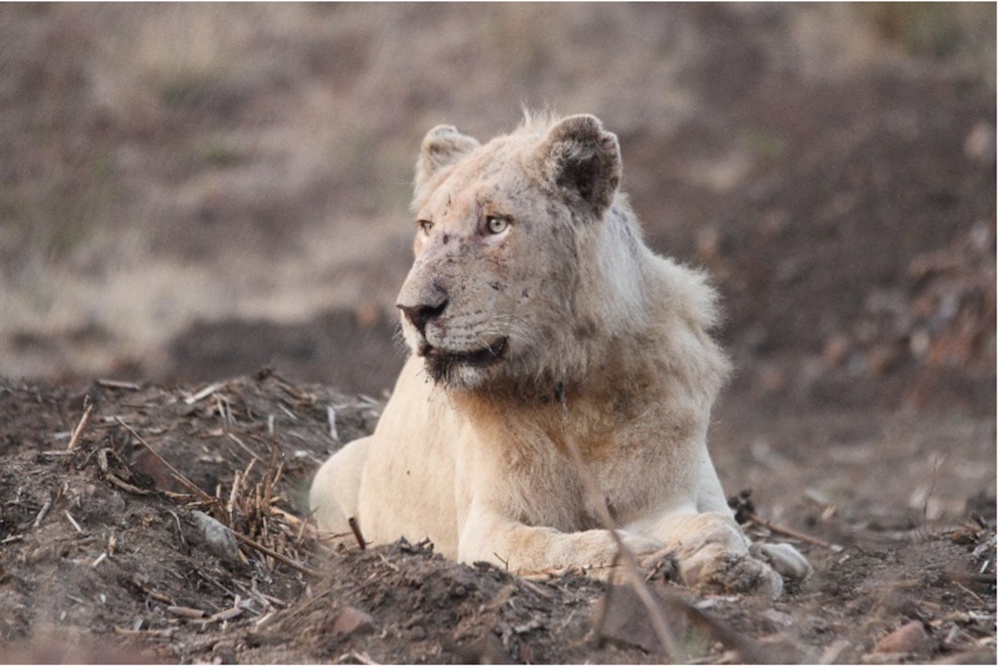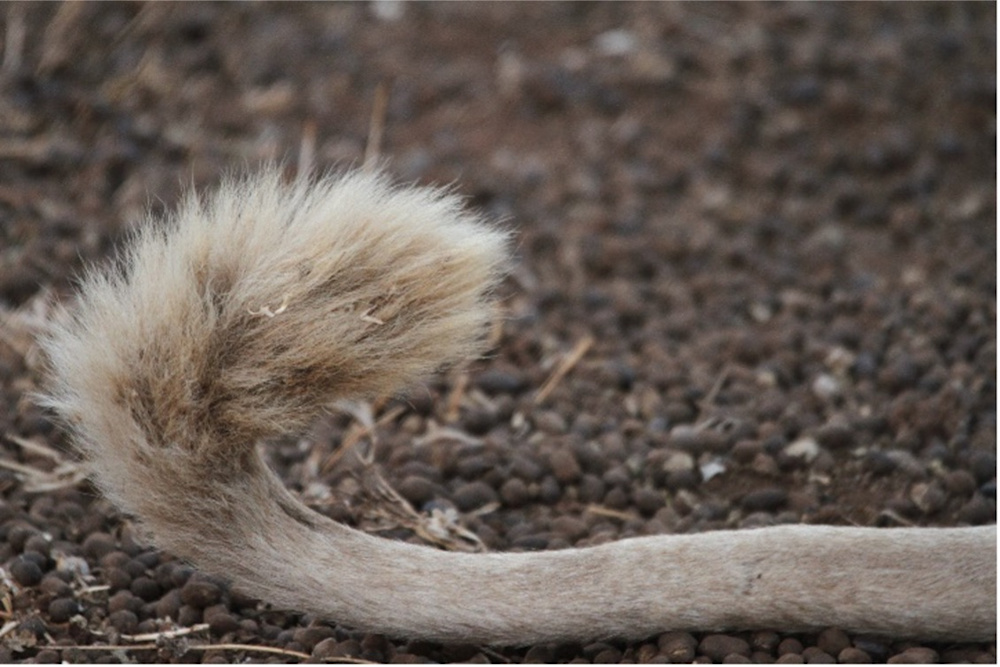June 2021
Touched by the Gods
Share:
Touched by the Gods
On a cold winter morning, one of our guides, Wessel Booysen, was out on safari with guests when he came across a young kudu calf who was spotted not far from the road that runs parallel with the Nwanetsi River. What stood out with this kudu was not only its huge ears like satellite dishes trying to catch any audio signals, but it looked like when the Creator was drawing the impeccable white lines that run vertically on the body of the kudus the whole painting tray spilled over onto the back of this calf.

Partially leucistic kudu calf, photograph by Wessel Booysen.
These white irregularly shaped splashes across it are caused by a condition called leucism, which is a loss of pigmentation on an animal’s skin, fur or feathers. Although this can often be mistaken for albinism, the two conditions are different.
Albinism being the absence of melanin, which is the pigment that gives colour to the skin, feathers, hair and eyes. Animals with albinism are not only whitish but they also have very pale eyes, often pink or red in colour as the blood vessels show through them, and could be the differentiating characteristic between an albino animal or a fully leucistic animal.
Fully leucistic animals have held a supernatural leading role in African folklore, especially white lions, like the young white male lion that was a part of the resident Shish pride who have a stronghold in our southern parts of the concession. It is believed that white lions were the sons and daughters of the Sun God and were gifted to man, and these white lions were said to have had supernatural powers. One such myth retells a story passed on by the elders of how, 400 years ago, Queen Numbi was gifted one white lion that arrived on a fallen star. To this day some of the local Tsonga beliefs are that white lions are the spirits incarnate of mighty kings.


The white male lion who was part of the Shish pride, photographs by Wessel Booysen.
This special young kudu is fortunate that the leucism only affected it partially on its back, and that could be the reason why this calf has survived the first months of its life, as most antelopes with complete leucism on their bodies rarely make it into adulthood. Early death rates in leucistic animals in the wild can be attributed to the fact that their reflective white colour of their fur sticks out in the earthy toned bush and if you can’t blend in to the vegetation or hide amongst the cover of the shrubs then you become the number one target for predators in that area.
We wish this little calf all the best in its future.

By Tovhi Mudau
Field Guide